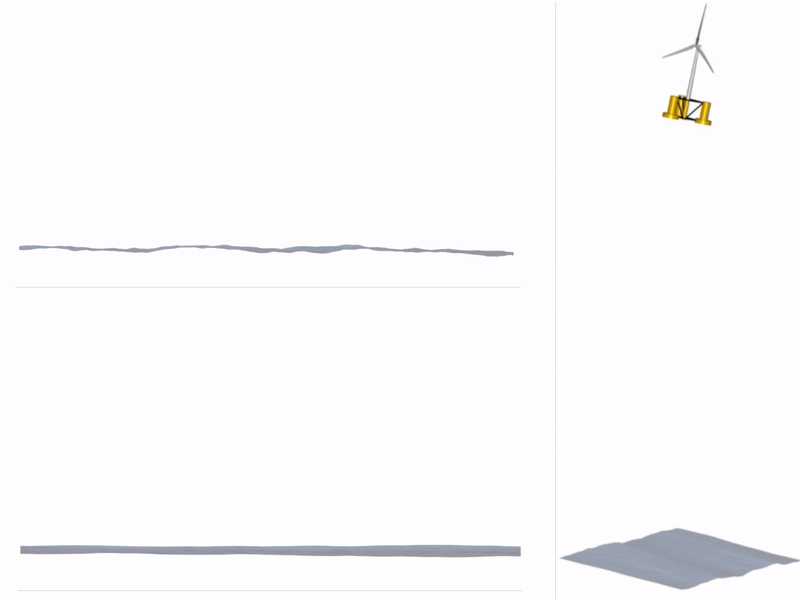Forum
Important Notice for New User Registrations
To combat an increasing number of spam and bot registrations, we now manually approve all new user registrations. While this may cause a delay until your account is approved, this step is essential to ensure the quality and security of this forum.
To help us verify your registration as legitimate, please use a clear name as user name or an official email address (such as a work, university, or similar address). If you’re concerned that we may not recognize your registration as non-spam, feel free to email us at with a request to approve your username.
Query on getCustomData_at_num Function
Quote from Andhi.Kusnadi on 24. June 2025, 08:35Hello,
I’m interested to use the SIL feature of QBlade to co-simulate QBlade with other solver for mooring. I understand the syntax for obtaining simulation data at current time step is
”double getCustomData_at_num(char *str, double pos = 0, int num = 0)”
Could you clarify what the last parameter (i.e. num) in the function represents?
In the case of mooring position/velocity/acceleration, there appears to be some difference when num = -1 and when num = 0. The GUI simulation results seem to be consistent with the num = -1 output.
Thanks & regards,
Andhi
Hello,
I’m interested to use the SIL feature of QBlade to co-simulate QBlade with other solver for mooring. I understand the syntax for obtaining simulation data at current time step is
”double getCustomData_at_num(char *str, double pos = 0, int num = 0)”
Could you clarify what the last parameter (i.e. num) in the function represents?
In the case of mooring position/velocity/acceleration, there appears to be some difference when num = -1 and when num = 0. The GUI simulation results seem to be consistent with the num = -1 output.
Thanks & regards,
Andhi
Quote from David on 24. June 2025, 15:55Hi Andhi,
the “num” parameter is related tu multi turbine simulations (a feature of QBlade-EE). In this case “num” designates the turbine instance from which parameters are to be read. If a global mooring system is shared between all turbine instances (can be used to interconnect turbines) num = -1 can be used to read data from this common mooring system.
Best regards,
David
Hi Andhi,
the “num” parameter is related tu multi turbine simulations (a feature of QBlade-EE). In this case “num” designates the turbine instance from which parameters are to be read. If a global mooring system is shared between all turbine instances (can be used to interconnect turbines) num = -1 can be used to read data from this common mooring system.
Best regards,
David
Quote from Andhi.Kusnadi on 27. June 2025, 04:23Thank you David for the quick clarification.
When num is set as 0, would it then output data with respect to some local axis of Turbine 0?
On an unrelated note, are there any document which could help describe what each output data represents? I suppose some data label like “NP” may not be intuitive for new users. Likewise for the local axes systems which are in use (i.e. _l, _g, _c, _b, _n, _s, etc.).
Thanks & regards,
Andhi
Thank you David for the quick clarification.
When num is set as 0, would it then output data with respect to some local axis of Turbine 0?
On an unrelated note, are there any document which could help describe what each output data represents? I suppose some data label like “NP” may not be intuitive for new users. Likewise for the local axes systems which are in use (i.e. _l, _g, _c, _b, _n, _s, etc.).
Thanks & regards,
Andhi
Quote from David on 30. June 2025, 13:29Hi Anshi,
checkout the documentation for an overview of coordinate systems:
https://docs.qblade.org/src/user/coordinates/coordinates.html
NP refers to the neutral point of the floater.
BR,
David
Hi Anshi,
checkout the documentation for an overview of coordinate systems:
https://docs.qblade.org/src/user/coordinates/coordinates.html
NP refers to the neutral point of the floater.
BR,
David


